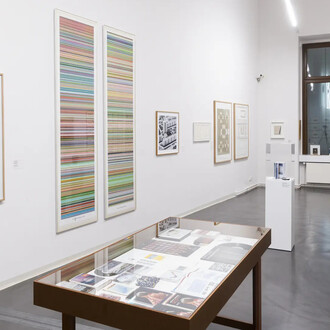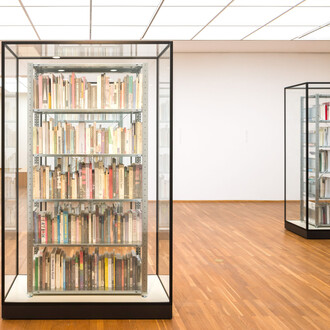The landscape paintings of Friedrich with their vibrant colours, his enigmatic rendering of light, and his depiction of vast horizons have had an enduring influence on our view of nature. They derive their remarkable luminosity from a subtle transparency in the application of paint and its fascinating nuances. In the Albertinum, his works are juxtaposed with important landscape paintings from the Gemäldegalerie Alte Meister Dresden.
These landscapes by the great masters – Jacob van Ruisdael, Salvator Rosa, and Claude Lorrain – were already among the gallery's most acclaimed masterpieces during Friedrich's lifetime. In addition, the exhibition also sheds light on Friedrich's networks and shows works by his friends and contemporaries.
Paintings by the artist's friends, his pupils and painters in his circle, including the academy professors, illustrate the complexity of the art world at the beginning of the 19th century. The Albertinum presents an overview of the spectrum of pictorial worlds between 1800 and 1850 in which Caspar David Friedrich's masterpieces were located. Numerous loans from German and European museums are also represented in the exhibition, including the Hamburger Kunsthalle, the Kunstsammlungen Chemnitz, the Museum Folkwang, the Museo Thyssen-Bornemisza in Madrid and the Belvedere in Vienna.
The exhibition at the Albertinum and the accompanying programme will also illustrate references to other places in the city and the region and incorporate different perspectives, artistic and scientific approaches to the artist and his work. In Dresden, the Caspar David Friedrich Festival on the occasion of his 250th birthday will thus reach its crowning conclusion.
















